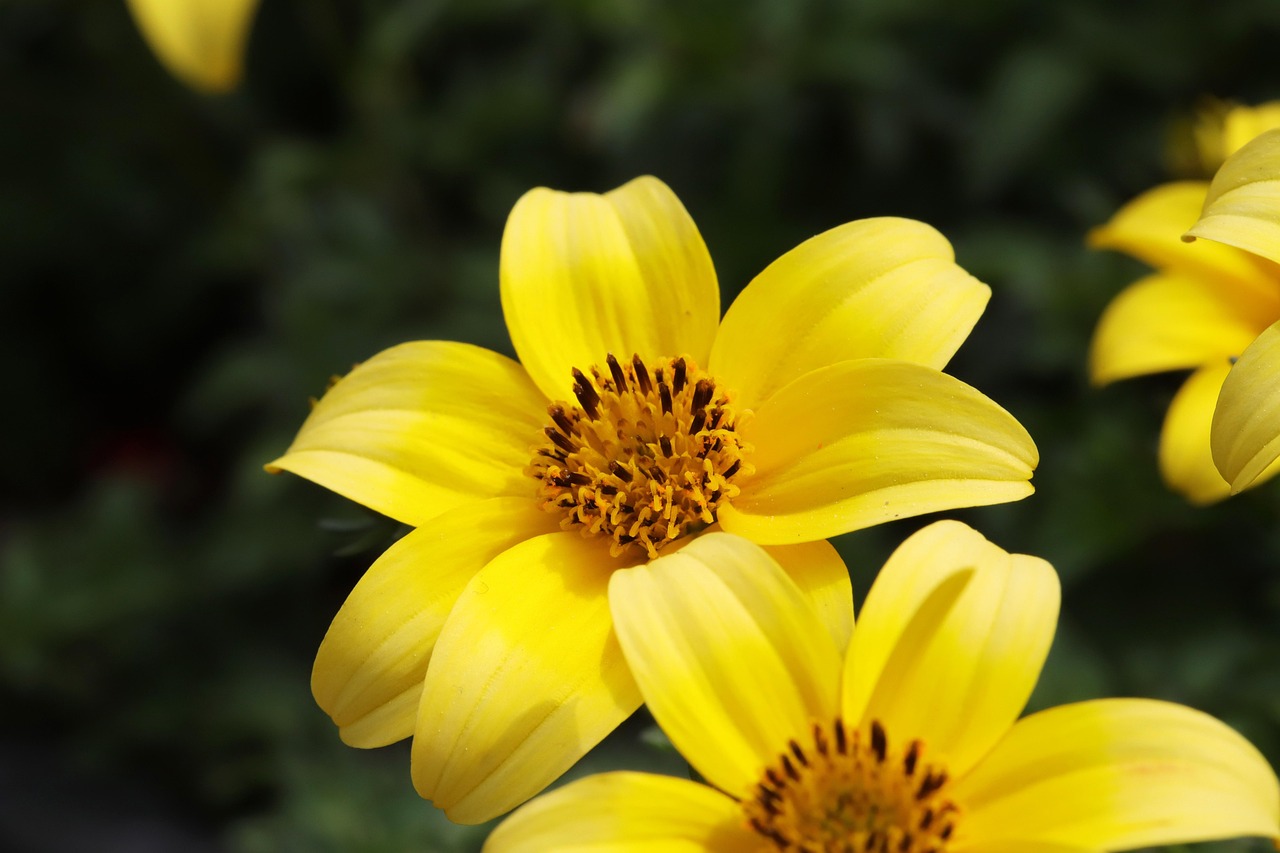Dahlia | The National Flower of Mexico, Embodying Elegance

The dahlia, with its showy large blossoms and rich variety of colors, is one of the most beloved flowers worldwide. It is highly valued as a garden flower and as a cut flower, bringing vibrant beauty to autumn flowerbeds.
In this article, I will introduce in detail the essential information about dahlias, their cultural background, historical episodes, and practical tips for cultivation.
Basic Information
- Scientific name: Dahlia
- Family: Asteraceae
- Origin: Mexico
- Appearance:
Many varieties of dahlias produce large flowers measuring 10–30 cm in diameter. Their petals are both delicate and voluminous. Color variations are abundant, including red, pink, yellow, orange, and white, with some bicolored cultivars. - Blooming season:
From summer to autumn (July–November). Since many varieties bloom in autumn, dahlias are indispensable for seasonal gardens.
Cultural Significance Around the World

The dahlia is recognized as the national flower of Mexico, where it has been cultivated since ancient times.
It is widely regarded as a symbol of “elegance” and “splendor,” and is extremely popular in gardening and floral arrangements in Europe and the United States.
Dahlias are also often used for weddings and festive events, where their vibrant hues enhance a sense of luxury.
In France and the United Kingdom, gardening competitions sometimes feature dahlias, where their beauty is showcased and admired.
Historical Episodes
Dahlias were first brought from Mexico to Spain in the 18th century and soon spread across Europe. Initially, they were cultivated not for their beauty but for their edible stems and tubers.
Later, however, their ornamental value was recognized, and dahlias became widely grown as decorative plants.
An interesting anecdote is that Empress Joséphine, the wife of Napoleon, cultivated dahlias in her own gardens. Through her influence, the flower gained prominence among European nobility and came to symbolize aristocratic elegance.
In France, there was even a period known as the “Dahlia Revolution,” during which numerous hybrid varieties were developed.
Gardening Advice

Cultivation Guide
Dahlias prefer sunny locations. When grown in places with long hours of sunlight, their flowering improves.
It is best to plant them in well-ventilated areas and water them regularly. During the hot summer months, be careful of dryness and water thoroughly when the soil becomes dry.
For varieties that produce large flowers, I recommend using stakes to support the stems. This prevents the heavy blossoms from breaking the stems and ensures healthy growth.
Environment and Growing Conditions
Dahlias thrive in fertile, well-drained soil. Adding compost or leaf mold at the time of planting promotes strong root growth and healthier plants.
During the growing season, apply fertilizer regularly, especially those rich in phosphorus, to encourage abundant flowering. Pruning should be done after flowers fade to stimulate the growth of new blossoms.
In winter, it is important to dig up the tubers and store them indoors to protect them from frost.
Conclusion
With their luxurious blooms and vivid colors, dahlias bring a striking elegance to gardens and events. Cultivation is relatively easy, and by providing the proper conditions, I can enjoy beautiful blossoms every year.
As a highlight of the autumn garden, I encourage you to grow dahlias and experience their graceful beauty.





